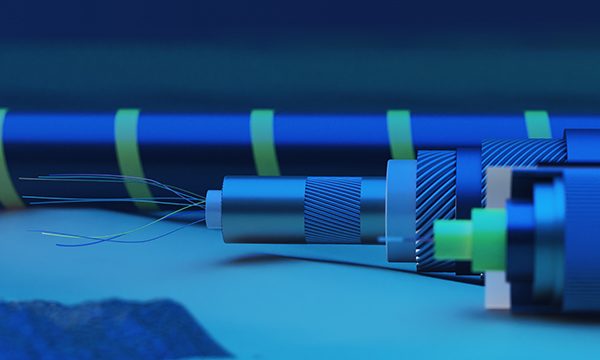SUMMARY
This is AI generated summarization, which may have errors. For context, always refer to the full article.

Google and Facebook are joining forces to set up a new subsea cable system meant to boost the internet capacity and speeds of the Asia-Pacific region.
Called Apricot, the subsea cable will connect Singapore, Japan, Guam, the Philippines, Taiwan and Indonesia and is expected to be ready to operate by 2024.
Google’s announcement mentioned Apricot was one of the company’s 18 investments into subsea cables.
Alongside Apricot, the Echo cable complements it, with the two complementary systems providing “multiple paths in and out of Asia, including unique routes through southern Asia, ensuring a significantly higher degree of resilience for Google Cloud and digital services.”
“Together they’ll provide businesses and startups in Asia with lower latency, more bandwidth, and increased resilience in their connectivity between Southeast Asia, North Asia and the United States,” Google added .
In a statement, Facebook said Apricot “will have an initial design capacity of more than 190 terabits per second to meet rising data demands in the region and support existing cable systems, such as the recently announced Echo and Bifrost cable systems.”
The social media giant added Apricot would “help meet the growing demand for 4G, 5G, and broadband access in the region.”
In a separate announcement, Philippine telecommunications company PLDT said it was investing $80 million into the project, with Apricot further serving the company’s fixed and wireless subscribers, as well as its enterprise client base.
PLDT vice president and international facilities investments management head Gene Sanchez said Apricot “is key to enhancing network resilience because new cable landing stations in Luzon and Mindanao will be built as part of this submarine cable system.”
“With the cable to be routed via the eastern coast of the Philippines, it will also increase the submarine cable route diversity in the Asia-Pacific region,” Sanchez added.
PLDT currently participates in 14 international submarine cable systems and one terrestrial system carrying data traffic in and out of the country. The submarine cable systems it’s a part of include the Asia-America Gateway (AAG), the Asia-submarine Cable Express, APCN2, and the South East Asia-Middle East-Western Europe 3, which are routed through PLDT’s three existing cable landing stations in Batangas, Daet, and La Union. – Rappler.com
Add a comment
How does this make you feel?
There are no comments yet. Add your comment to start the conversation.